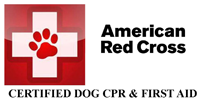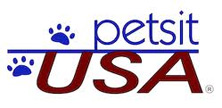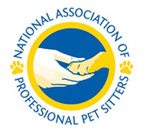Remote Collar Dog Training, Yes or No?
Petco says “stop the shock” and has decided to stop selling the low quality, remote collars they carry.
I say “good riddance” to those crappy systems, but not to high quality systems that are available through companies like E-Collar Technologies that, in the hands of professionals, who know how to properly train and use them are saving dogs lives on a daily basis.
But seriously… Things are heating up in the dog training world!
While this is an important conversation, you should have all the facts.
Some say… “Shock collars have been shown to increase fear, anxiety and stress in dogs… “. The same could be said of any tool (even a leash) used improperly.
A good trainer doesn’t increase these issues. The dogs come to us already with these issues and we work to alleviate them.
The Single Biggest Mistake You May Be Making
This may come as a surprise to many dog owners but, allowing your dog to meet other dogs or people while on leash may be the single biggest mistake you ever make. It can result in a multitude of negative outcomes and behaviors.
New Year, New Dog
A dog can learn new things at any age. If you’ve been living with a dog that has less than desirable behaviors, there’s no time like the present to make a change. It’s a new year, new dog!
How to Train a Dog to Be Balanced
These words are as true for dog training as they are for anything else. How to train a dog
Many people say they want a well trained dog but not as many are willing to do what it takes to achieve that.
It’s easy to share love and affection. It’s not as easy to share structure and discipline.
ID Your Dogs and Cats for Safety
Why is it so important to ID your dogs or cats for safety? Having up to date identification on your pet greatly increases the chances of return should your pet escape or get lost.
10 Tips for Responsible Dog Ownership
When we think about responsible dog ownership we mostly think of providing food, shelter, veterinary care and love. But being a responsible dog owner goes way beyond those minimum requirements. Some questions to ask yourself… How am I providing for my dog’s mental health and well being? How am I and my dog impacting others? The environment? With these and other questions in mind here are my Top 10 tips for responsible dog ownership.
Fido, July 4th Fireworks 6 Simple Safety Tips
More pets go missing July 4th through the 6th because of Fireworks. Sadly, on average only 14% are returned to their owners! Here are 5 Simple safety tips about Fido , July 4th fireworks and Fido July 4th Fireworkshow to minimize the trauma.






